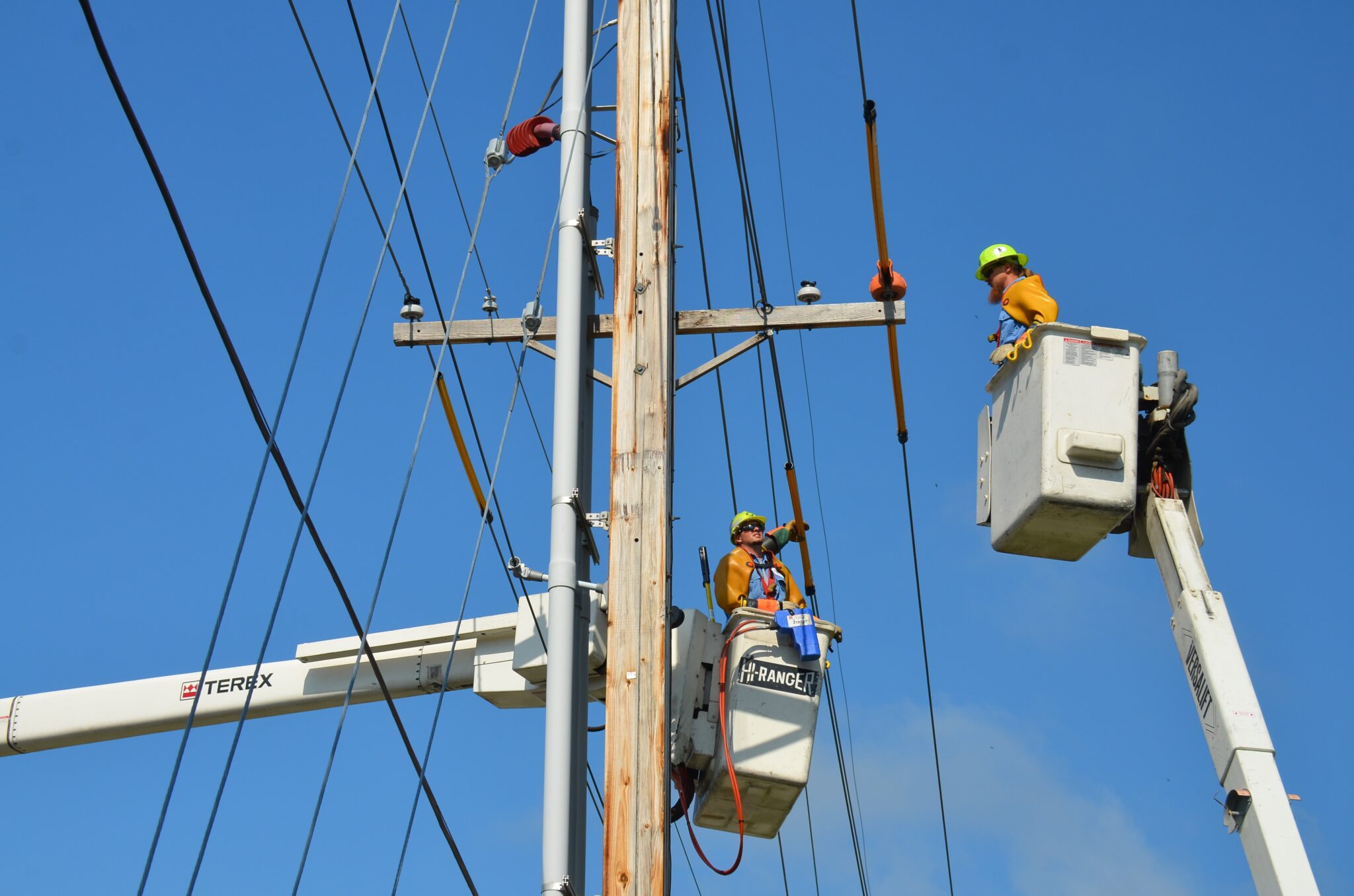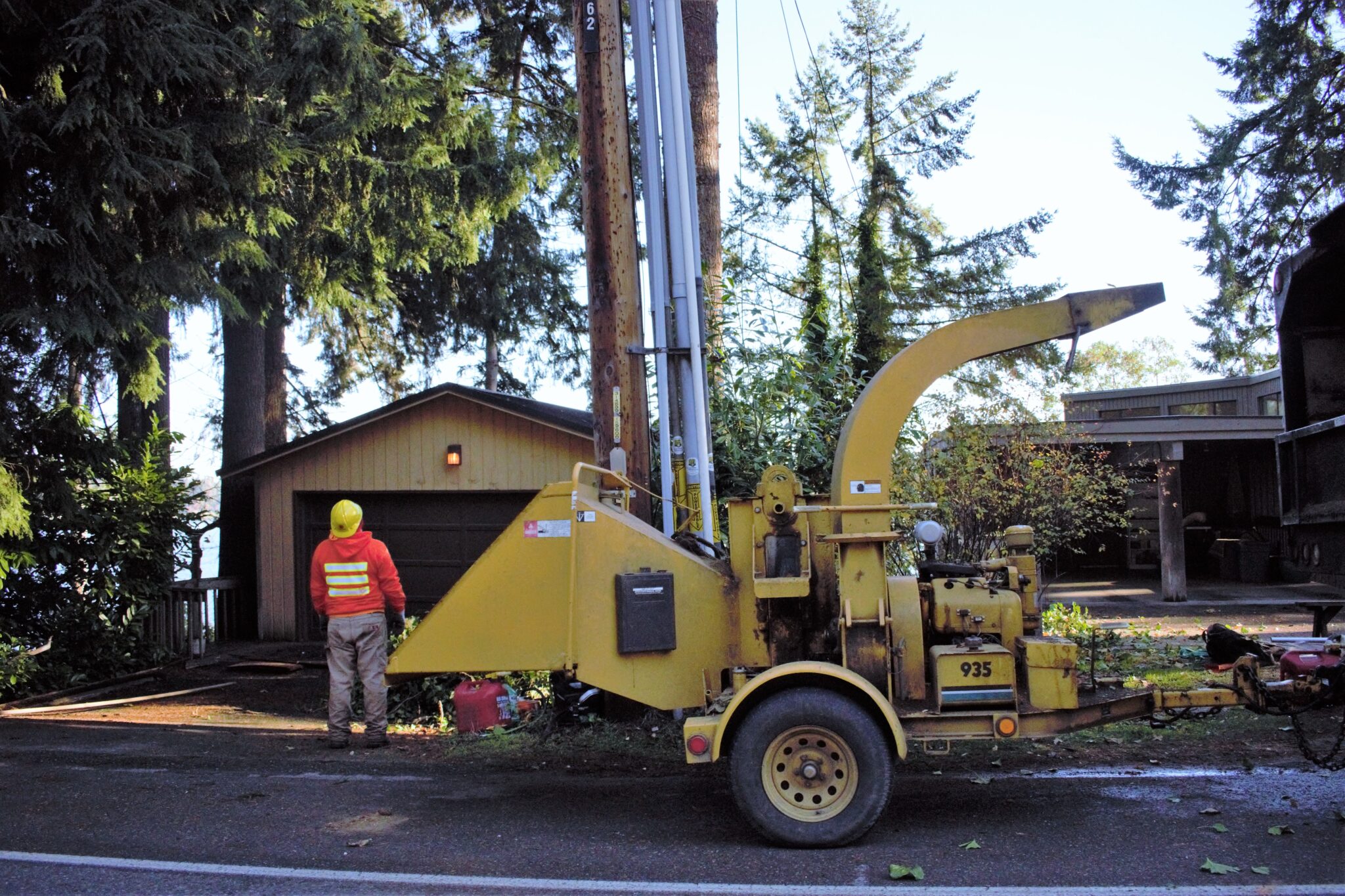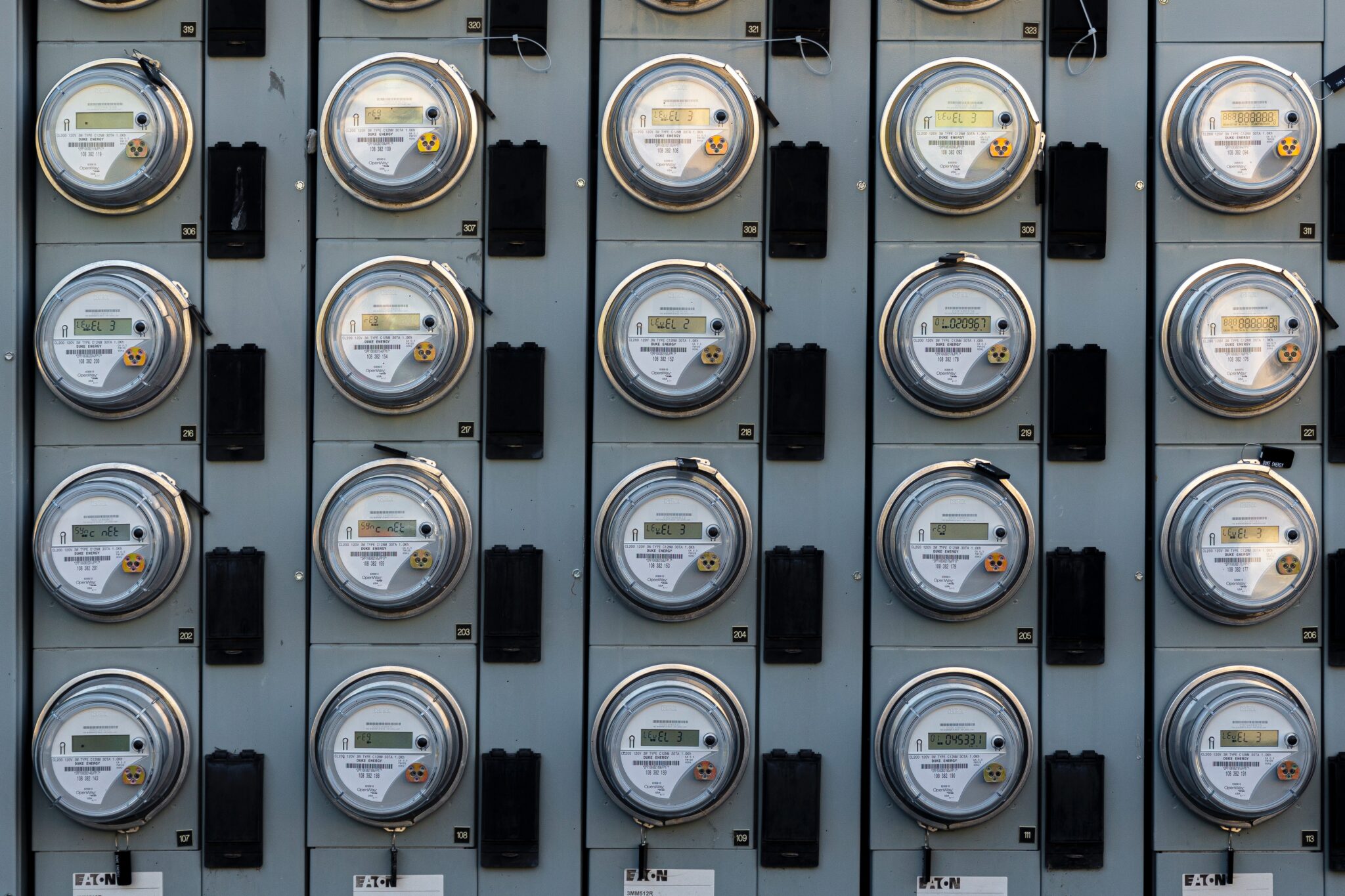
Everything You Need to Know about Utility Easements
If you are about to buy a home or develop a building of any kind, there may be some restrictions on how the land can be used that you should be aware of. Even if you own a piece of land, you may not be able to use every inch of it for your own purposes. It’s possible for one or more easements to be placed on any piece of land. An easement is a type of designation that allows another entity to access a portion of the property.
This designation could apply to an individual person or a utility company. Keep in mind that the property deed should detail any easements that currently exist with your property. If you own a property with an easement, you have the right to deny access to most areas of your property. However, the portion of land that falls under an easement is open to the entity that the easement applies to, which means that it can be used for that specific purpose whenever they want.
There are a wide range of different easements that can be attached to a piece of land, which include everything from utility easements and drainage easements to sidewalk and driveways easements. It’s common for sidewalk and driveway easements to be created if the public or an adjacent homeowner used these portions of the property when the land was owned by someone else. Once an easement is created, it’s impossible to get rid of it unless the entity who was granted the easement decides to abandon it.
Before you purchase a property or develop on a property that you already own, you should first identify if the property in question contains any easements. This article provides you with everything you should know about utility easements and how they can apply to your property.

What is a Utility Easement?
While there are many different types of easements that can be placed on a property, the most common of these designations is a utility easement, which provides utility companies with the ability to access the property in question for the benefit of the community. When you own a property, you may find that a tree in your backyard is interfering with nearby telephone lines.
If a utility easement is in place, a utility company can access your backyard to trim the tree that’s creating issues with telephone lines. Other easements are less common than utility easements and are usually applied to smaller portions of land. Even though a utility easement can be inconvenient when you own a piece of land, the presence of this easement is highly beneficial for the surrounding community.
Once you’ve purchased a property, it’s likely that utility lines have already been installed by the main utility providers. However, this may not be the case if you purchase a piece of land that has yet to be developed. If a utility easement has already been created for the property that you own, utility providers can access the property to install, maintain, or repair utility lines. The lines that a utility easement can apply to include:
- Overhead electric lines
- Underground electric lines
- Cable and telephone lines
- Water and sewer lines
- Television lines
To fully understand what a utility easement is, you should know how one is created. While easements are listed within property deeds, they are first recorded in a county courthouse. Once the deed has been made, it can be kept at the county tax assessor’s office, the courthouse, or the clerk’s office.
Who has Access to My Property with a Utility Easement?
An easement is designed for specific use, which means only certain entities will be able to use your property for this use. As mentioned previously, the property deed will go into detail about who will be able to access your property.
In most cases, a utility easement only allows utility company employees to work on the premises. There’s also a good chance that the easement restricts the utility company’s use of the property to the exact area where the installation or repair work is set to occur.

How Does a Utility Easement Affect Your Property?
There are several ways that a utility easement can affect your property, all of which you should be aware of. First of all, nearly every residential property consists of a utility easement, which means that your property value shouldn’t be negatively impacted. If the easement gave a nearby homeowner access to some of your property, the property value would likely decrease.
A utility easement is necessary for most residential properties because of the need for ongoing utility maintenance. While you’ll likely notice this maintenance from time to time, it shouldn’t have too much of an impact on your day-to-day life.
When it comes to property ownership rights, you’ll be able to live, build, and plant on the property as long as one of these actions doesn’t create issues with the utility’s ability to access your land. If you’re not sure which areas of your property can be accessed by utility companies as a result of the easement, you can get this information by contacting the utility company directly.
How to Find Out if Your Property has a Utility Easement
Finding out if your property has a utility easement shouldn’t be too difficult as long as you know where to look. As mentioned previously, your property deed will contain information about any utility easement that’s been placed on your property. This deed should be available at the local county courthouse. Even if the deed is being kept at the county clerk’s office or tax assessor’s office, the county courthouse should be able to tell you where the deed can be obtained.
In the event that the records of the utility easement are older, it’s possible that they are being kept in long-term storage somewhere in the county. Your utility company could also have records of any utility easement on your property. With numerous potential sources for you to obtain this information from, it shouldn’t be too difficult to find out if your property has a utility easement attached to it.
There are also several additional methods you can use to obtain details about utility easements. For instance, a mortgage survey can be requested in the event that your property is situated in a platted subdivision. A mortgage survey will effectively plot all easements that are present on a recorded plat.
If you have yet to purchase the property in question, you can request that your title company perform a title search to determine if any easements have been recorded on the property that you’re getting ready to buy. If you already own the property and have traveled to your local county courthouse to obtain a copy of the deed, you’ll be asked to provide the courthouse with specific information about your property.
This info includes the owner’s name, the parcel number, and the property address. There’s also a good chance that a fee will be charged. In Los Angeles County, a copy of your property deed will cost $6 for the first page and $3 for any additional pages.

Can You Get Rid of a Utility Easement on Your Property?
If you own a piece of land with a utility easement on it, you may be wondering if it’s possible to get rid of this easement. Even though easements can be frustrating at times, they are considered to be part of the land, which means that the easement won’t change when ownership of the property changes. Any future owners of the property owners will be tasked with adhering to the same guidelines as previous owners.
If you have yet to purchase a piece of land that you’d like to develop on, it’s highly recommended that you find out if an easement has been placed on the property before buying it. Otherwise, you should be aware that there’s no legal way to get rid of a utility easement once you’ve purchased the property. The only other solution is to buy land that doesn’t consist of a utility easement.
Keep in mind, however, that utility easements are exceedingly common and don’t negatively affect the property. The presence of other easements is much more concerning if you don’t want the public or nearby homeowners to use your property.
Conclusion
Utility easements are placed on almost every piece of land that contains a residential home. If the land has any utility lines on it, it’s likely that an easement has been created for that piece of land. Even though utility easements shouldn’t create many problems for your day-to-day life, you should still know how your utility easement works and what areas of your property it applies to. Your county courthouse or local utility company should be able to provide you with the information you’re looking for.

Jason Somers, President & Founder of Crest Real Estate
With over 15 years of professional experience in the Los Angeles luxury real estate market, Jason Somers has the background, judgement and track record to provide an unparalleled level of real estate services. His widespread knowledge helps clients identify and acquire income producing properties and value-ad development opportunities.
Learn more about Jason Somers or contact us.



